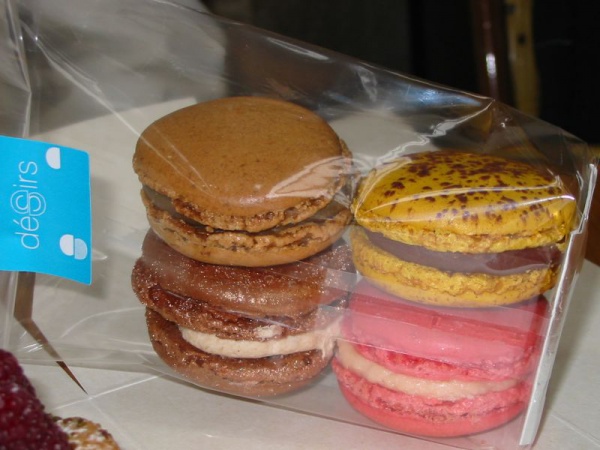Facts About Macaron
A macaron, often referred to as a French macaroon, is a delightful confection made from egg whites, icing sugar, granulated sugar, almond meal, and food coloring. While "macaron" and "macaroon" are sometimes used interchangeably, it's crucial to note that the coconut macaroon is distinct from the French macaron. In North America, the French spelling "macaron" is typically used to avoid this confusion.
The macaron has a fascinating history. It is believed to have been introduced to France by an Italian chef during the Renaissance. Over time, it has evolved, presenting a variety of flavors and fillings. The earliest known recipe for macarons dates back to the 17th century, originating from a French adaptation of the original recipe. Different regions in France have developed their variations and traditions related to macarons.
There are two primary methods for making macarons: the "French" method and the "Italian" method. These approaches differ in the preparation of the meringue. Generally, making macarons involves combining icing sugar and ground almonds with beaten egg whites to form a meringue-like mixture, which is then piped and baked.
The popularity of macarons has surged over the years. Renowned pastry shops like Ladurée in Paris are famous for their macarons. Even McDonald's has joined the trend, offering macarons in their McCafés in countries like Portugal, Australia, France, Belgium, and Switzerland. French-style macarons are also available in places like Canada, the United States, and Australia. The variety of flavors available is impressive, with some regions adapting the macaron to include traditional American flavors and unique combinations.

 Monaco
Monaco